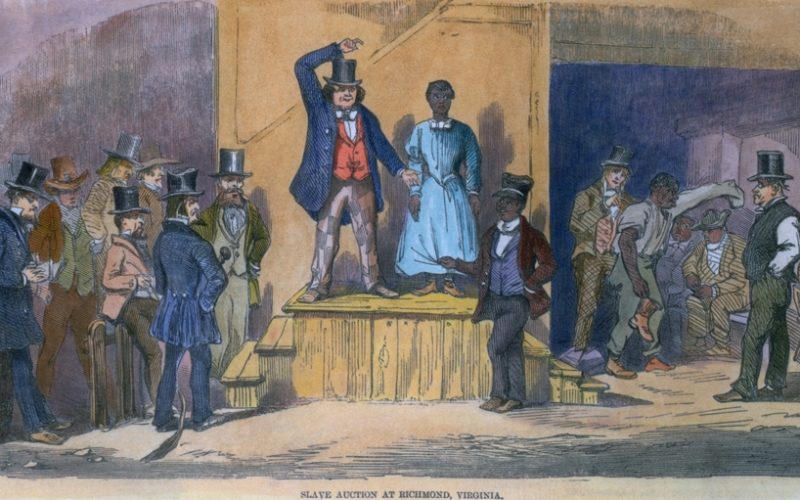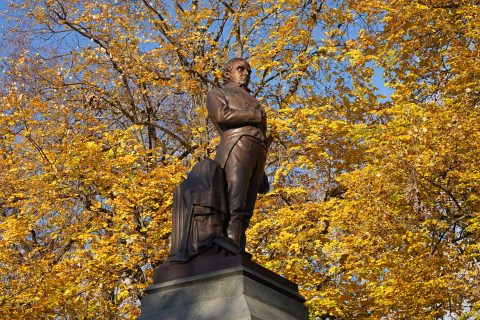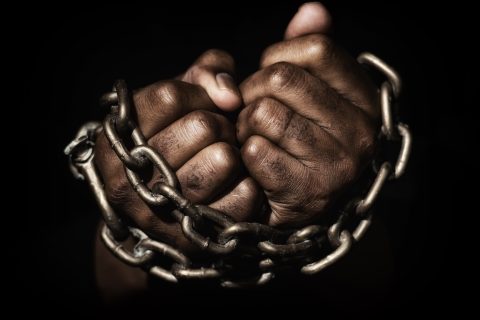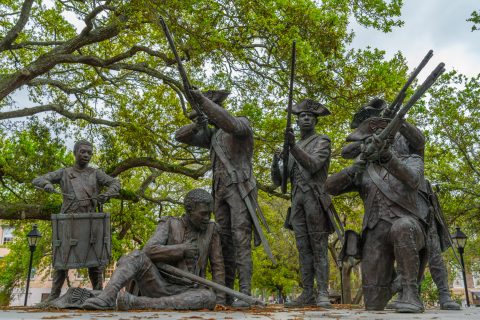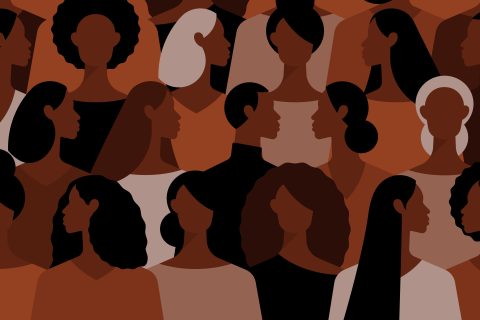During America’s domestic slave trade, the values of enslaved people changed over the course of their lives. Daina Ramey Berry, UT-Austin associate professor of history and African diaspora studies, joins us to talk about how slave owners tried to maximize the values of their slaves – and about how slaves responded to being appraised. Her new book is called “The Price for Their Pound of Flesh: The Value of the Enslaved, from Womb to Grave, in the Building of a Nation” (Beacon Press).
Daina Ramey Berry on …
… how black bodies were “priced” for sale:
“Most enslaved people were rated on a 1-point scale where 1 or A1 Prime was the highest value. And those individuals were typically between the ages of 18 and 30 years-of-age. Then they were decreased from that to a three-fourth-hand, a half-hand or a quarter-hand or they weren’t given a rating. Often times their values were sort of juxtaposed across that spectrum. So, you would see advertisements that would say, ‘A choice group of A1 Prime hands, and then they would describe some of their skills, ‘with blacksmiths, shoemakers, seamstresses,’ so all the different types of skills.”

